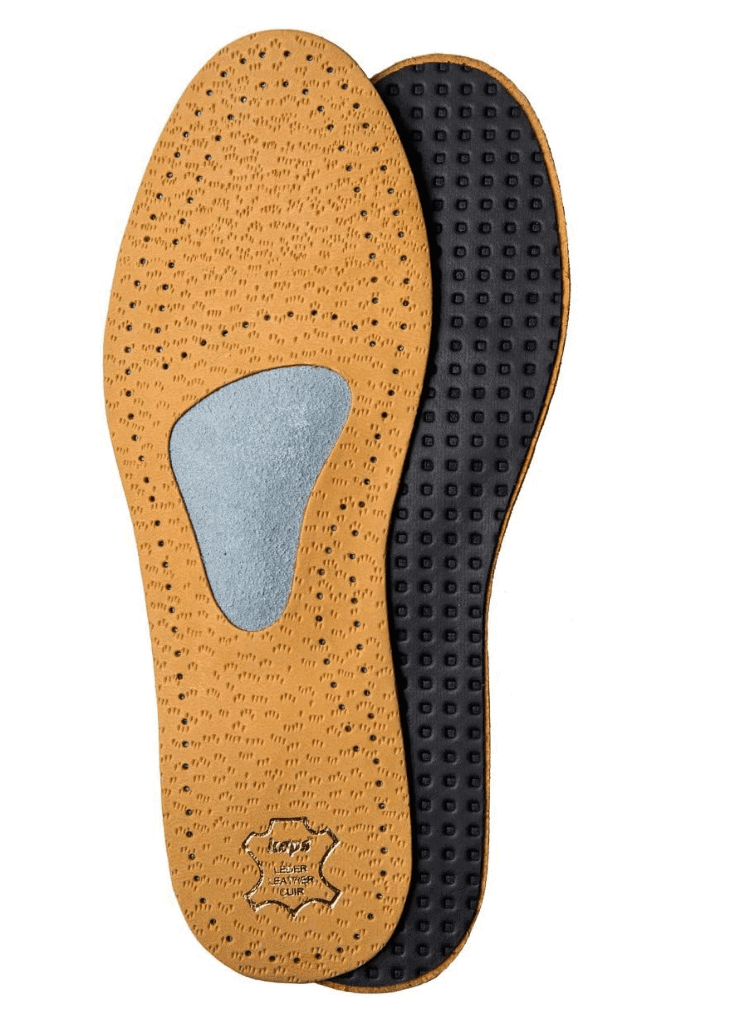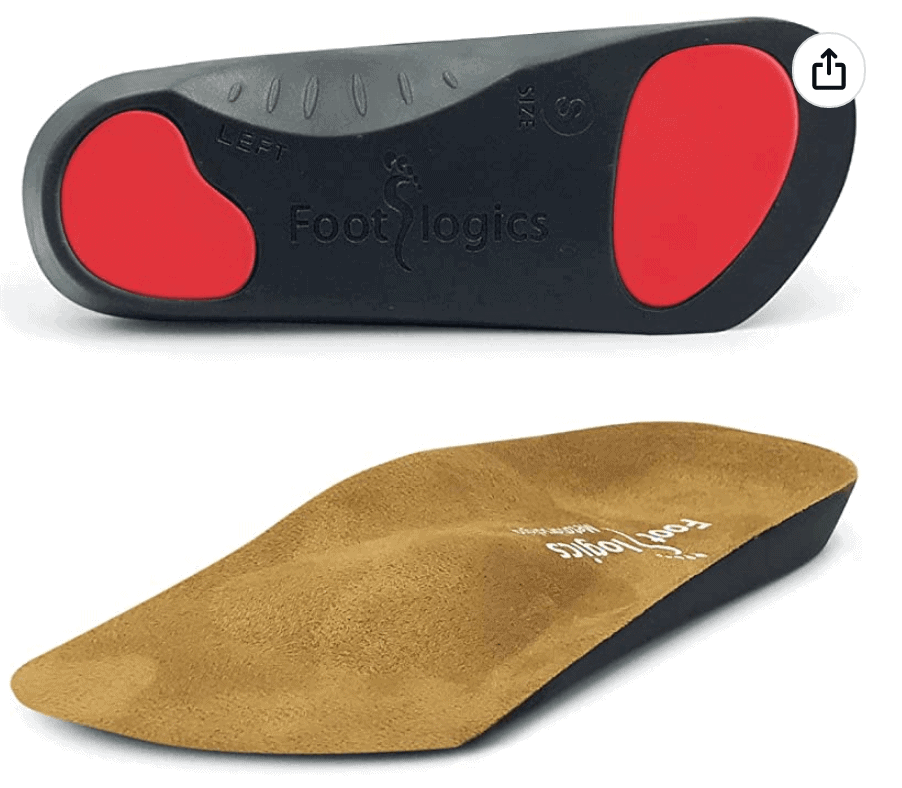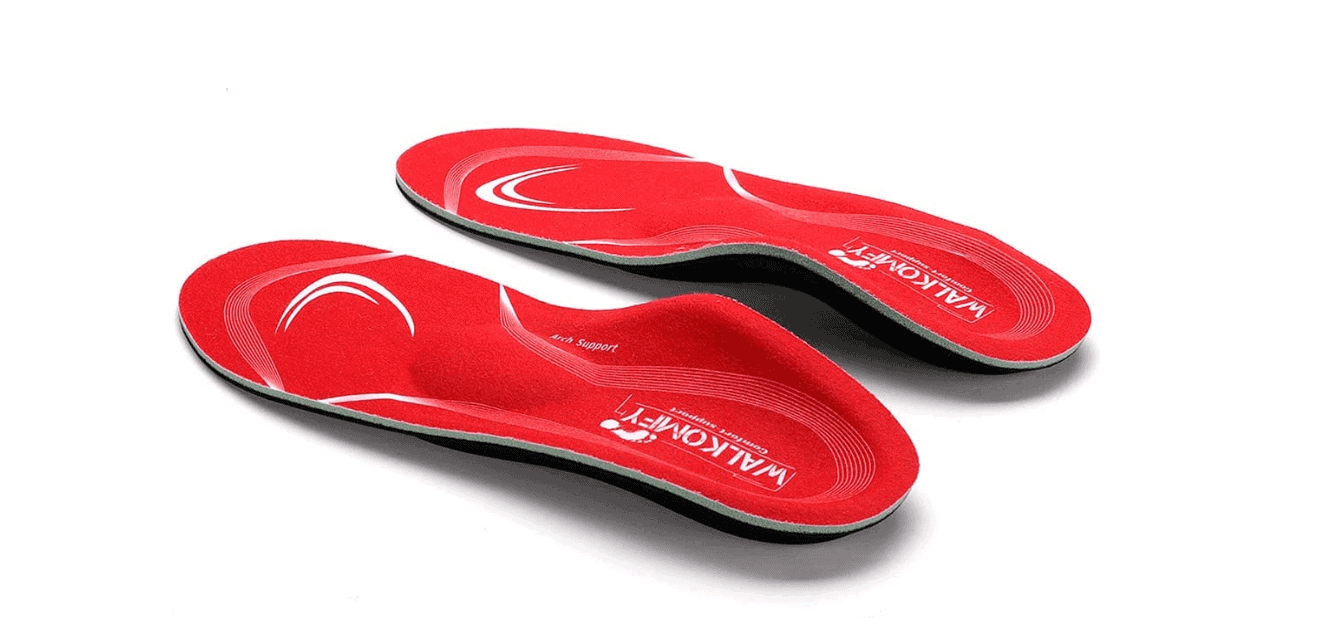Morton’s Neuroma
Read More >
Morton’s Neuroma is a painful condition that affects for interdigital nerves of the forefoot. Repetitive trauma or compression of the interdigital nerves leads to swelling, pain, and numbness of the forefoot and toes. One of the best forms of treatment for Morton’s Neuroma is Mortons Neuroma Insoles.
Insoles come in all different shapes and sizes with different levels of support. One of the key elements of the prescription for Morton’s neuroma insoles is a metatarsal pad. It can lift the metatarsal heads if correctly placed, opening the space around the neuroma to relieve pain.
James McCormack is a Physical Therapist who specializes in Foot & Ankle injuries. james-mccormack.com is a participant in the Amazon Services LLC Associates Program, an affiliate advertising program designed to provide a means for sites to earn advertising fees by advertising and linking to Amazon.com.
The best insoles for Morton’s neuroma fit comfortably within your shoe and contain adequate medial arch support and a correctly placed metatarsal pad. With ready-made insoles, this can be hard to achieve as the support placements are fixed, and not everyone has the same foot shape. In this article, we will provide 3 recommendations of Morton’s Neuroma insoles that we have found to be most effective for pain relief in Mortons Neuroma.
In cases where these have not been successful, custom insoles may be required or other forms of treatment, such as an injection or Morton’s Neuroma surgery.
Below are 3 recommended Mortons Neuroma Insoles for various levels of support and shoe type.

These extremely lightweight insoles are completely flat except for a well-placed metatarsal pad.
The benefits are that they are light and slim, allowing them to fit into most footwear, including pumps and laced shoes. They are also very well-priced.
The downside of these is the lack of cushioning, which helps absorb the vibration from the ground when walking, and there are no other angles of support on them except the metatarsal pads.
A good option for tight-fitting shoes.
Buy Leather Morton's Neuroma Insoles on AmazonThese are nicely made 3/4 insole for Morton’s neuroma with low-level support.
We like the medial arch support alongside the well-placed metatarsal pad. There is some cushioning, and being 3/4 length, they allow flexibility of fitting in various footwear regardless of the toe box shape.
The downside is that, like all 3/4 length insoles, there is scope for them to move in the shoe, which leads to blistering. Suede covers aren’t durable, and while there is light support, it could be greater.
All round, these are a good option if you wear pointed shoes.
Buy Footlogic Morton's Neuroma Insoles on Amazon

We recommend the Walkomfy Morton’s Neuroma Insoles for sports and walking shoes.
They are full-length with medial arch support and a good level of cushioning while having an element of rigidity. The metatarsal pad is of good height and well-placed.
They can be too large to fit in laced or tight-fitting shoes, and while supportive, they don’t have the same optimization as custom insoles.
A very good option as an all-rounder in active footwear.
Buy Walkomfy Morton's Neuroma Insoles on AmazonThis article is written by James McCormack, a Foot and Ankle Specialist who is an expert in prescribing the Insoles for Morton’s Neuroma.
This is not medical advice. We recommend consulting with a medical professional like James McCormack before purchasing any insoles recommended in this article. James offers Online Physiotherapy Appointments weekly and face-to-face appointments in his London clinic.
Do Insoles help Morton's Neuroma?
A double-blinded study by Oliveira et al, 2019, concluded that Morton's Neuroma Insoles with arch support and metatarsal pad compared to a control group using flat insoles had significantly reduced pain when walking, improve general health and physical activity levels.